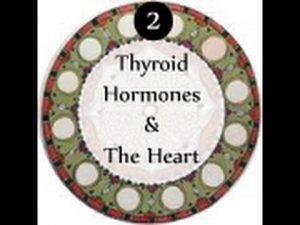Now let’s get to understand some fitness definitions that are important for you. – Aerobic/cardiovascular activity. These are exercises that are strenuous enough to temporarily speed up your breathing and heart rate. Like, running, cycling, walking,swimming, and dancing. – Flexibility training or stretching. This will enhance the range of motion of joints. Age and inactivity tend to cause muscles, tendons, and ligaments to shorten over time. Remember that stretching and warming up are not the same. In fact, stretching cold muscles and joints can make them prone to injury. – Strength, weight, or resistance training. This type of exercise is aimed at improving the strength and function of muscles. Specific exercises are done to strengthen each muscle group. Weight lifting and exercising with stretchy resistance bands are examples of resistance training activities, as are exercises like pushups in which you work against the weight of your own body. – Set. Usually used in discussing strength training exercises, this term refers to repeating the same exercise a certain number of times. For instance, a weight lifter may do 10 biceps curls, rest for a few moments, then perform another “set” of 10 more biceps curls. – Repetition or “rep.” This refers to the number of times you perform an exercise during a set. For example, the weight lifter mentioned above performed 10 reps of the bicep curl exercise in each set. – Warm up. This is the act of preparing your body for the stress of exercise. The body can be warmed up with light intensity aerobic movements like walking slowly. These movements increase blood flow, which in turn heats up muscles and joints so they would be more functional and less prone to injury. – Cooldown. This is the less-strenuous exercise you do to cool your body down after the more intense part of your workout. For example, after a walk on a treadmill, you might walk at a reduced speed and incline for several minutes until your breathing and heart rate slow down. Stretching is often part of a cooldown. – Maximum Heart Rate is based on the person’s age. An estimate of a person’s maximum age-related heart rate can be obtained by subtracting the person’s age from 220. So it you’re 30 years old, your maximum heart rate should be 190. – A way to measure the intensity of your exercise is to check your heart rate or pulse during training. These should be within a target range during different levels of intensity. – A person’s target heart rate should be 50% of his or her maximum heart rate. All the best! Alyaa Gad
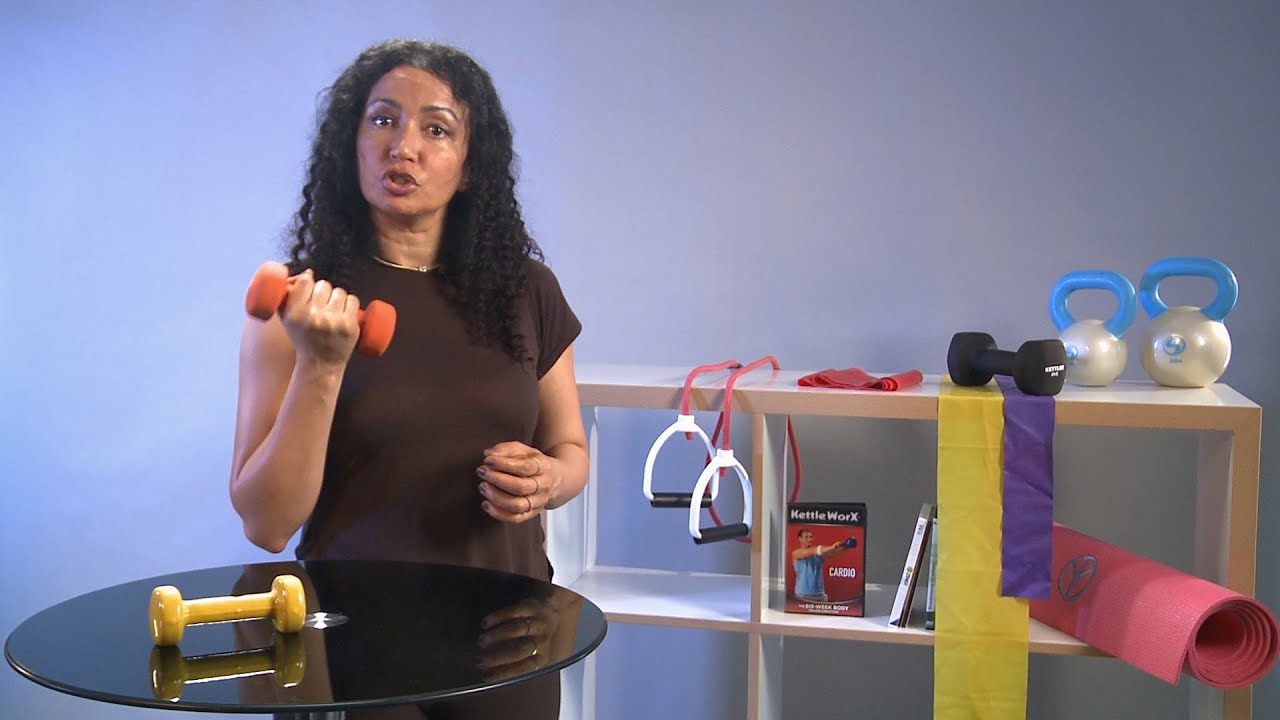
Fitness Definitions
- Post author:
- Post published:June 14, 2021
- Post category:Uncategorized
- Post comments:0 Comments
You Might Also Like

Vascular Surgery Video – 4

THIS JUICE WILL REGENERATE WEEK BONES AND JOINTS
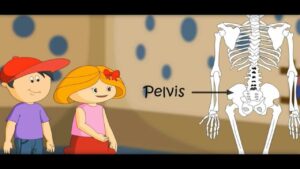
Skeletal System And Asanas Video – 3
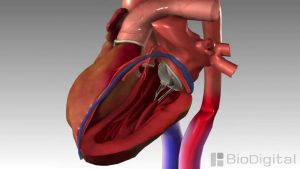
3D Medical Animation – Congestive Heart Failure
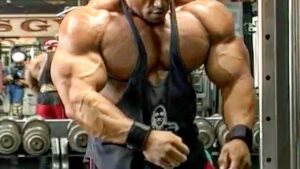
Bodybuilding Video – 1
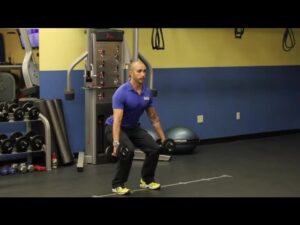
Leg Press-5

5 Ways Men Can Prevent Most Heart Attacks
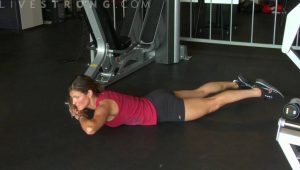
How to Do Back Extension Exercises

Zika Virus – A New Cure For Cancer
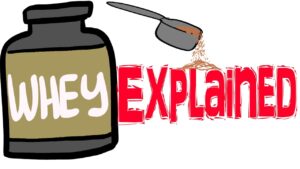
Protein Supplements Video – 1

Hanging Leg Raises – for Lower Abs
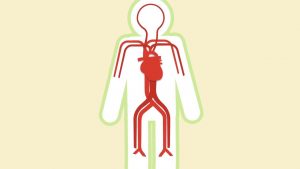
Watch: How Does Blood Pressure Medicine Work?– Healthfirst Healthy Living
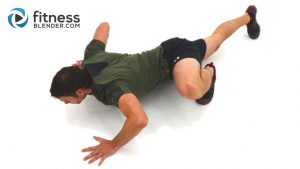
Brutal Anaerobic Threshold HIIT – Fat Burning HIIT Cardio
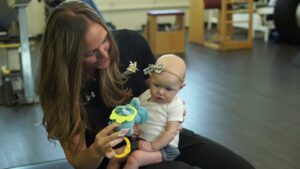
Pediatric Physiotherapy Video – 4

Best Whey Protein For Skinny Guys To Build Muscle (My Top 3 Choices)

Developmental Psychology Video – 3

How MINOXIDIL Works for Hair Loss – REGAINE® Hair Loss treatments
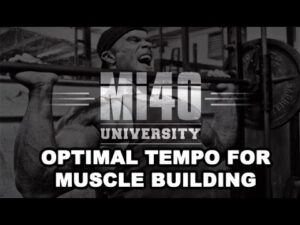
Human Body, Body Building Muscle Building Anatomy Physiology Video – 38
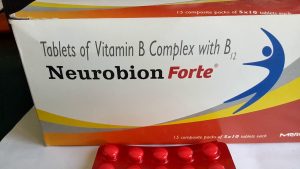
Neurobion Forte Tablet – Uses, Side-effects, Reviews, and Precautions

Exercise Anatomy: Abs Workout | Pietro Boselli

The Female Reproductive System of Human
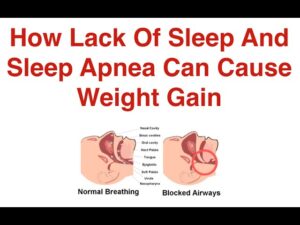
How Lack Of Sleep And Sleep Apnea Can Cause Weight Gain
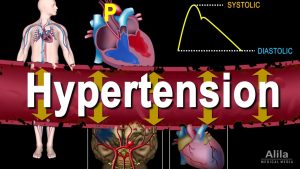
Hypertension – High Blood Pressure, Animation

6 Kinds Of Vegetable That Increase Risk Of Miscarriage

ENDOCRINE SYSTEM: HYPOTHALAMUS AND CONTROL OF THE PITUITARY

How Regaine Foam Works
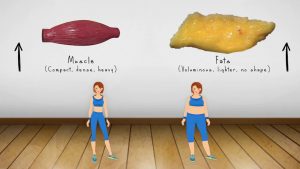
Weight Loss vs Fat Loss animated video/ Difference between fat and muscles
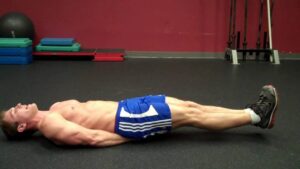
Flutter Exercise-1

Post Workout Meal: Best Carbohydrate Food Choices for Optimal Recovery | Charles R. Poliquin

ESR KIT – SR Tip – Used To Remove Fractured Screw

ED Medication – erectile dysfunction pills can work
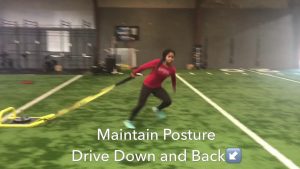
High Definition Sports Lateral Sled Drag
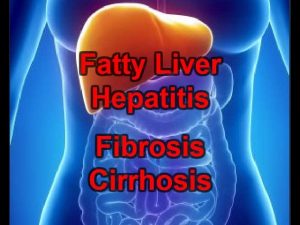
What Are the Stages of Liver Damage? Fatty Liver|Hepatitis|Fibrosis|Cirrhosis

6 Packs Abs Video – 1

5 foods to eat after a workout and why

Sports Physiology Video – 6
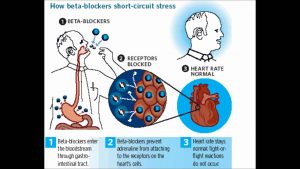
Cardiac Drugs Quick and Dirty Summary

HGH, Growth Hormones & Plant Hormones Video – 18
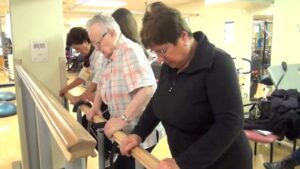
Orthopedic Physiotherapy Video – 15

Fitness Definition Components Video – 5

How The Body Uses Food – You Are What You Eat
